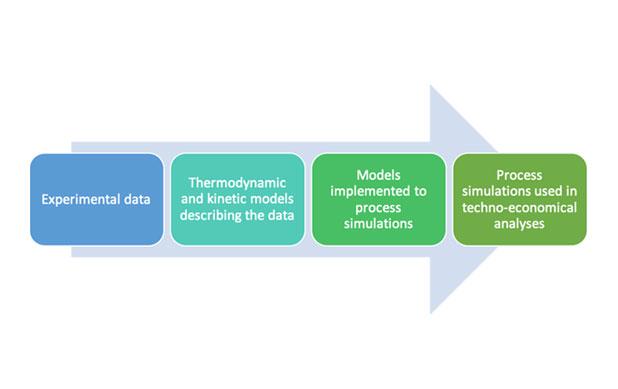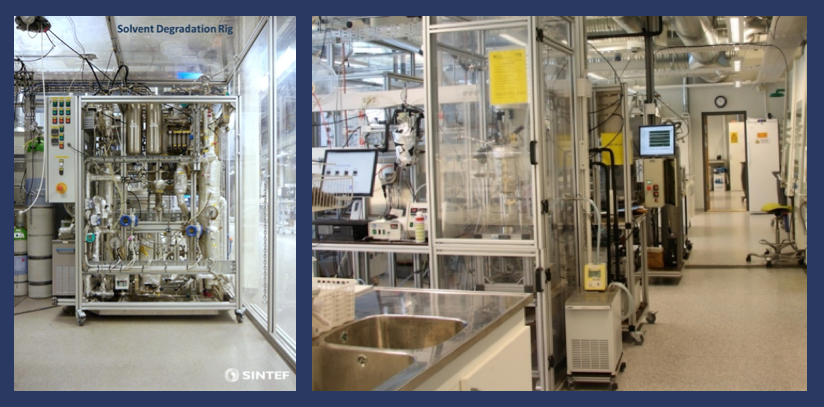Blog: Laboratory experiments support on-site piloting of REALISE capture solvent

By Solrun Johanne Vevelstad (SINTEF) & Hanna Knuutila (NTNU)
In the EU project, REALISE, we are developing carbon capture, utilisation, and storage (CCUS) strategies for industrial clusters centred on oil refineries. Our aim is to demonstrate an absorption-based technology using a novel solvent that was initially developed by another EU project, HiperCAP.
Much laboratory-scale data is already available for the solvent. However, to ensure safe and successful on-site testing of the technology and realistic techno-economic analysis, some additional information is needed.
In Work Package 1, we will provide the necessary data for process modelling, simulation, and piloting activities that will be used for the techno-economic evaluation. The absorption rates will have an enormous impact on the absorber tower's size. Detailed understanding of how fast the solvent absorbs CO2 at different process conditions is, therefore, essential.
In HiPERCAP, we performed limited kinetic experiments. Now we will provide additional data needed for a rigorous kinetic model. This model will be implemented within the process simulation tool, CO2SIM, used to run simulations of a full-scale plant. The experiments are currently ongoing and are performed together with the solvent’s heat capacity measurements. We aim to perform the measurements under realistic process conditions to ensure the best possible model development.
Good models and simulations describing the CO2 absorption performance of the solvent are only part of the data needed. The technology is based on reversible chemical reactions absorbing CO2. However, a tiny amount of unwanted reactions happen, which produce chemical compounds that will no longer absorb CO2.
These compounds, typically called degradation compounds, slowly reduce the “purity” of the solvent, eventually lowering the solvent's capacity to capture CO2. This leads to loss of absorption capacity, increased corrosion and solvent foaming issues. Accumulation of degradation compounds also increases the requirements for purification of the gas after CO2 absorption to ensure minimum emission of volatile degradation compounds.
All this, of course, leads to increased cost. Therefore, a lab-scale rig to study chemical stability – often described as degradation – is used. As the degradation happens slowly, we are deploying operation conditions that give an accelerated loss of amine. This helps us ensure that the degradation compound concentrations are high enough to be quantified with the analytical instruments after just a few weeks.
In REALISE, this means that we run the experiments over five weeks. However, since the experiments are performed in conditions which accelerate the degradation reactions, the amounts of degradation compounds are higher than what is observed in pilot plants after the same operation time.
The chemical stability test gives necessary input to the process evaluation and design on which components are formed and how these could impact the process through corrosion, foaming, emission and amine make-up.



